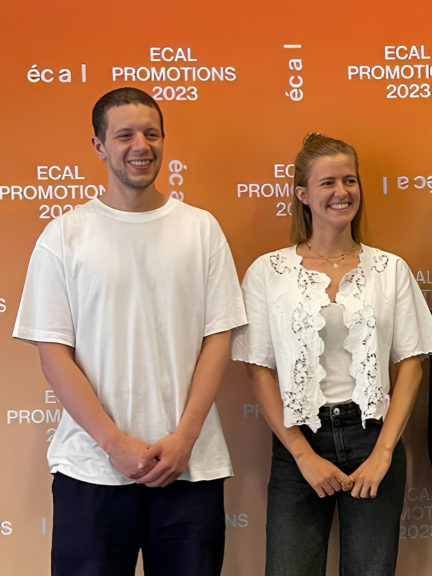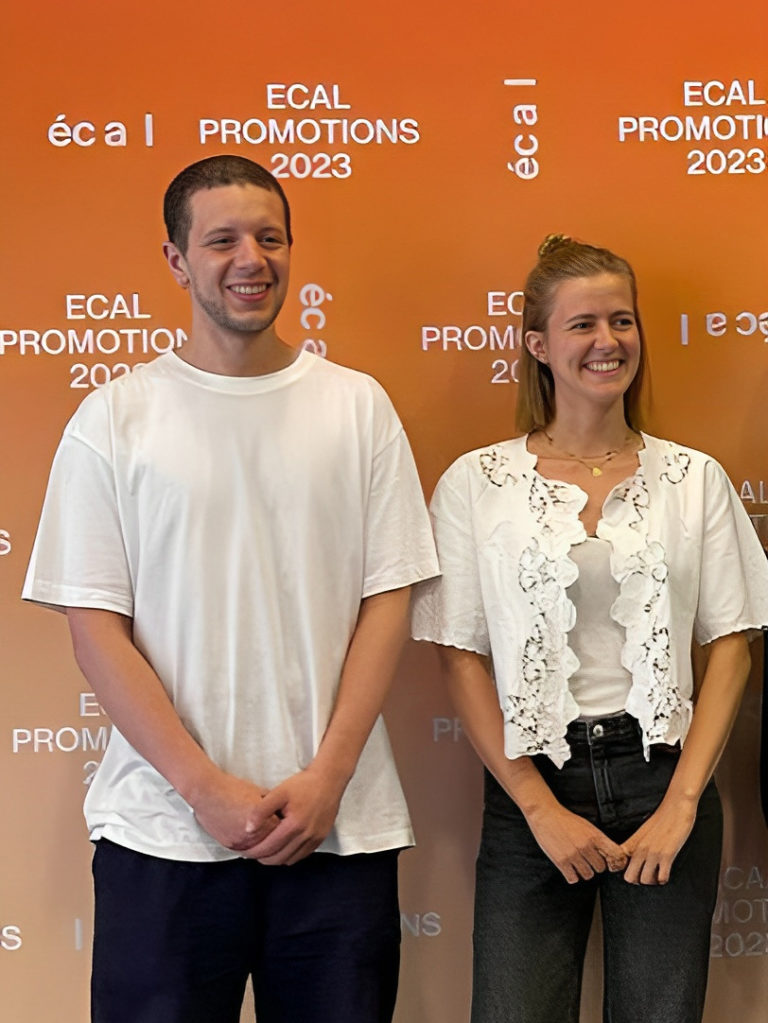Congratulations to our 2022 Graduates
Based on a transdisciplinary approach, the Master of Advanced Studies in Design Research for Digital Innovation invites students to reflect on emerging technologies with a human-centered perspective. They explore their potential and develop unprecedented uses in collaboration with designers, engineers and psychologists, while working on a real-life research project. A big congrats to our recent graduates, Lucie Houel and Rémi Opalinski.
Things that Talk by Lucie Houel
Museum exhibitions typically present multiple historical objects linked by theme or typology. However, this approach can neglect the rich stories that surround each piece, and thus misses an opportunity to engage and inform visitors. In this design research project, we set out to use digital content to contextualize a single historical object within wider themes. The objective was to increase emotional engagement and cognitive understanding amongst visitors. To design the final exhibition on historical scientific instruments, we blended archival images, original content and hands-on interaction. It presented interconnected narratives that aimed to allow visitors to generate their own stories and reflect on contemporary themes. Evaluations, involving 38 participants, showed that interconnection was appreciated and that visitors learned about the exhibited objects, but also considered the dilemmas in science. This work rethinks digital engagement in museums and shows the positive effect of digital contextualization.


Open Books by Rémi Opalinski
Open Books, a project run in collaboration with Photo Elysée Museum, aims to explore how to improve the comprehension of photobooks in exhibitions. We developed two hypotheses: augmenting layout elements using visual and audio-visual stimuli can improve comprehension, and using a recommendation system based on layout similarities can increase engagement toward the photobook collection. To test these hypotheses, we drew on rhythm strategies and principles to design an interactive prototype and conducted A/B methodology user testing with 62 participants. Our analysis shows that using a multimodal strategy to highlight layout features in photobooks can improve comprehension. Additionally, using a recommendation system based on layout similarities can increase engagement with photobook collections. This work provides significant insights that can be applied to other sequential cultural artifacts, supporting museums in making their digital collections accessible to wider audiences.



